Iconic Planes of World War I (Part 1)
World War I is the world’s first Great War that encased the whole of the world in its wake. During this first great war of the world, nearly 100 million combatants from across the world military participated for their countries. The war left in its wake the death of nearly 9 million soldiers as well as 7 million civilians. There were also millions more deaths caused by the resulting genocide of the war as well as the influenza pandemic of 1918. In total it led to deaths of nearly 80 million individuals across the world.
The war raged on from 28 July 1914 to 11th November 1918 and is regarded as the most deadly wars in the history of the world.
During this war time, world was not that much advanced and had started to grasp the air travel in its earliest form. Still to compete with other nations of the world, many of the powerful militaries at that time had superior fighter pales to fight against enemies. While these aircraft were simple in their design, they nonetheless were elegant piece of machinery at that time.
Today for our readers, we have brought together the list of iconic planes of World War I (part 1).
Fokker D VII
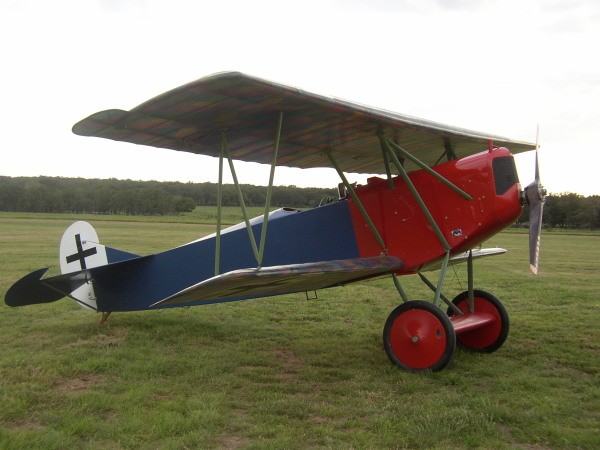
Fokker D VII made its debut rather late in the war. It entered the war back in January of 1918 but it still delivered quite a punch to its enemies. The aircraft was designed and manufactured by the Reinhold Platz of Fokker-Flugzeugwerke and proved itself to be a worthy fighter plane over the European skies until the war ended.
The aircraft was fitted with a single Mercedes D.IIIa engine which allowed it to have better performance as compared to other fighter planes of the world war I. the aircraft had a top speed of 117 mph along with ceiling height of nearly 20000 feet. The aircraft had fitted on it 2 7.92 mm LMG 08/15 Spandau machine guns. The aircraft before entering the sieve was dubbed as “Ungainly”.
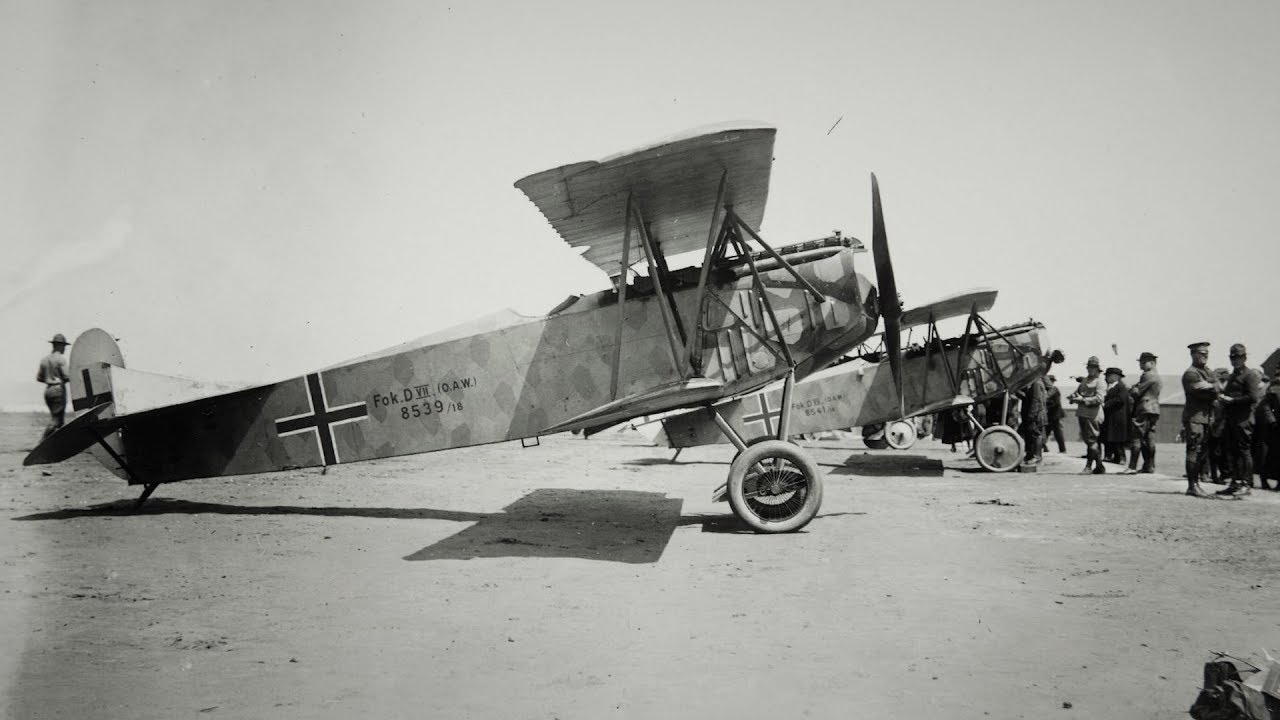
SPAD S.VII

SPAD S.VII was the first of its kind to be developed by the Société Pour L’Aviation et ses Dérivés. It was also one of the most produced aircraft of the World War I. the aircraft had fitted inside the modified automobile engine of Hispano-Suiza 8A. This aircraft was built to be a one-seater fighter plane in version of the SPAD SA pulpit plane.

The aircraft had a top speed of 119 mph with an exceptional combat range of 225 miles and could deliver quite a lot of damage to its opponents. The aircraft only had fitted on it a single Vickers .303 machine gun which was renowned for its superior performance on a battlefield.
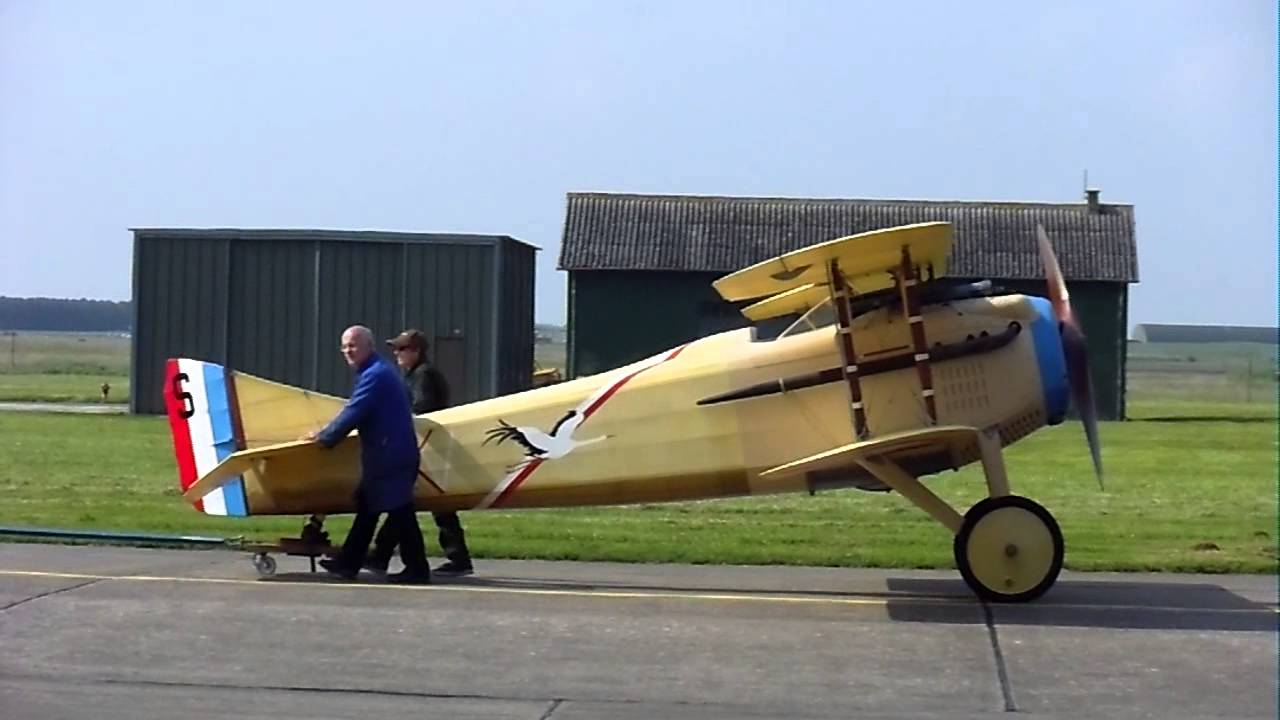
The aircraft was used by the French and British air force pilots throughout the World War I.
Royal Aircraft Factory S.E.5

The title to being the fastest fighter plane of the World War I goes to none other than the Royal Aircraft Factory S.E.5. the aircraft was renowned for its fast speed and deft maneuverability at that time. The aircraft due to its capabilities during the war times is now nicknamed as the “Spitfire of the World War One”.

The aircraft was powered by a single Hispano-Suiza 8 engine that allowed it to fly at a top speed of 138 mph for an impressive combat range of 300 miles.

The aircraft on its test flight was a disastrous one but after the wings design was improved, it turned out to be a capable aircraft in dog fights. Her aircraft had three following guns on three different positions.
- Main Vickers machine gun
- Lewis gun mounted on the upper wing
- 4 of the 25 pounds each Cooper bombs
Sopwith Camel
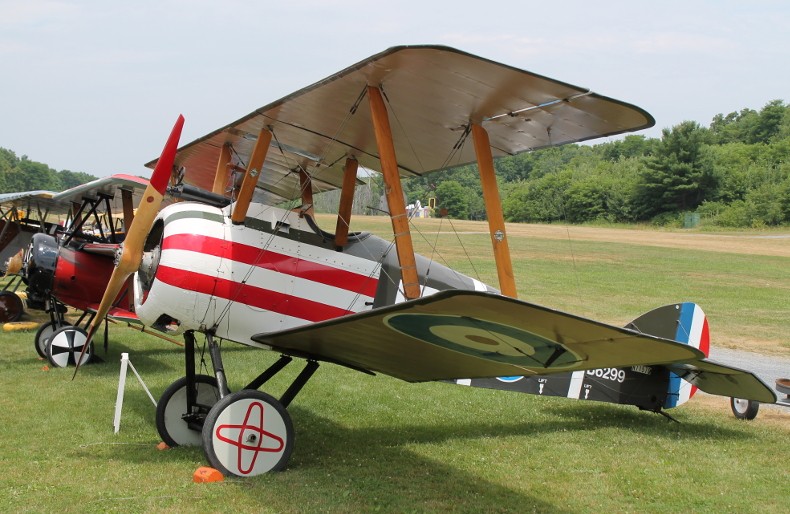
One of the most iconic and the most talked about fighter planes of the World War I era is the Sopwith Camel. Almost hundreds of volumes have been written on as to how this aircraft proved its mettle in the war and changed the course of many battlefields. The Sopwith Camel is a biplane and its name was given due to its metal fairing design. This design allowed the plane to protect the guns from freezing up at high altitudes. The hump of the pane reminded test pilots of a camel.

The Sopwith Camel was fitted with a single Clerget 9B rotary engine. One major quality of this fighter plane was its aluminum housing which was the first of its kind. Another amazing quality was the aircraft’s first ever synchronized firing mechanisms which made the pilot to fire with the Camel’s twin Vickers machine guns while having a near perfect aim through the propeller.

Well that was not all; many models of the Camel were designed to serve the roles of being either as Night Fighters or carrier aircraft. The aircraft also went on to serve after the war ended. To this day many of these aircraft have been restored and are flying.
SPAD S.XIII

The SPAD S.XIII is another one of the iconic World War I fighter planes which were manufactured by the Société Pour L’Aviation et ses Dérivés. During the whole war time, nearly 8000 of these aircraft were manufactured.
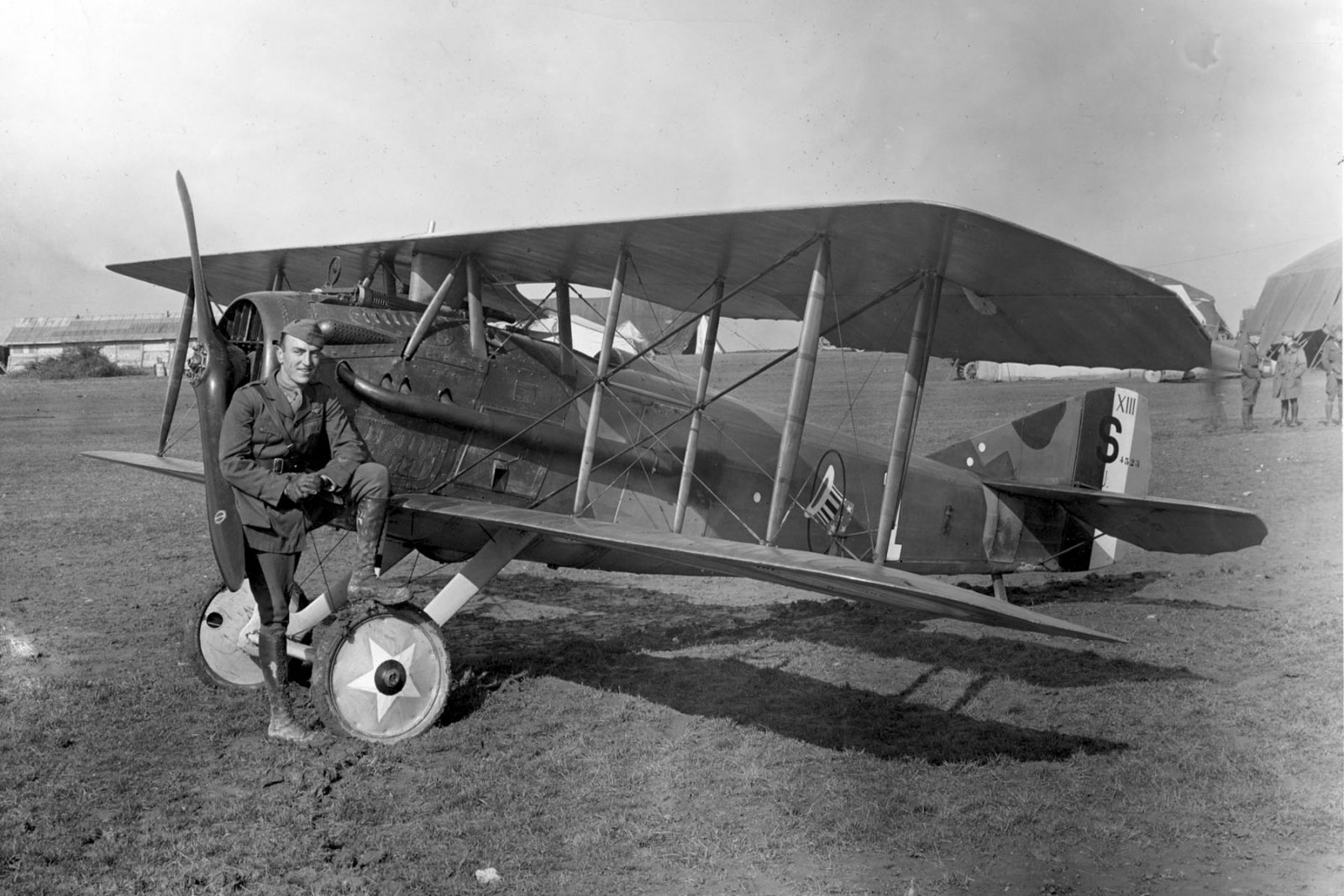
The SPAD S.XIII was powered by a single Hispano-Suiza 8A engine that allowed it to fly at a top speed of 135 mph which was like pushing the aircraft design limits during that era. With a high powered engine, the Hispano-Suiza 8ASPAD S.XIII could very well operate at a ceiling height of 21185 feet.
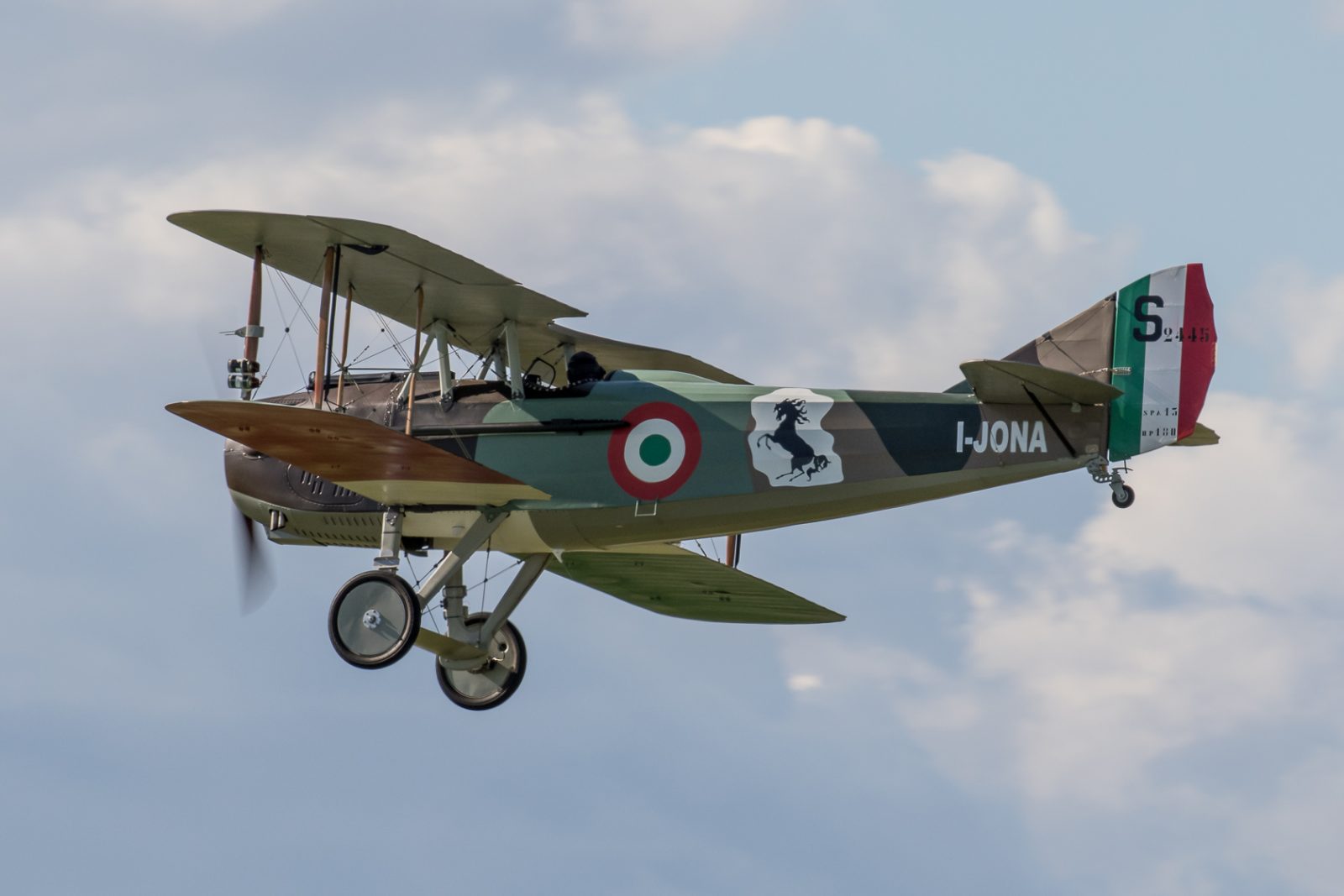
The aircraft with its speed and maneuverability as well as its ceiling height was one of the favorite aircraft of the pilots of the World War I.
Nieuport 17

The Nieuport 17 was a sesquiplane designed by French engineers meaning it was a biplane which led to it having a lower wing to be no longer than the upper wing. This resulted in the Nieuport 17 to have lesser interference drag between its wings and allowed it to have superior maneuverability at high speeds.

The Nieuport 17 was fitted with a Le Rhone 9ja 9-cylinder engine that provided it with the ability to have a top speed of 110 mph with maximum ceiling climb of 17309 feet.
Related Content
Military Aircraft That Can Be Purchased By Civilians (Part 1)
Share this content:

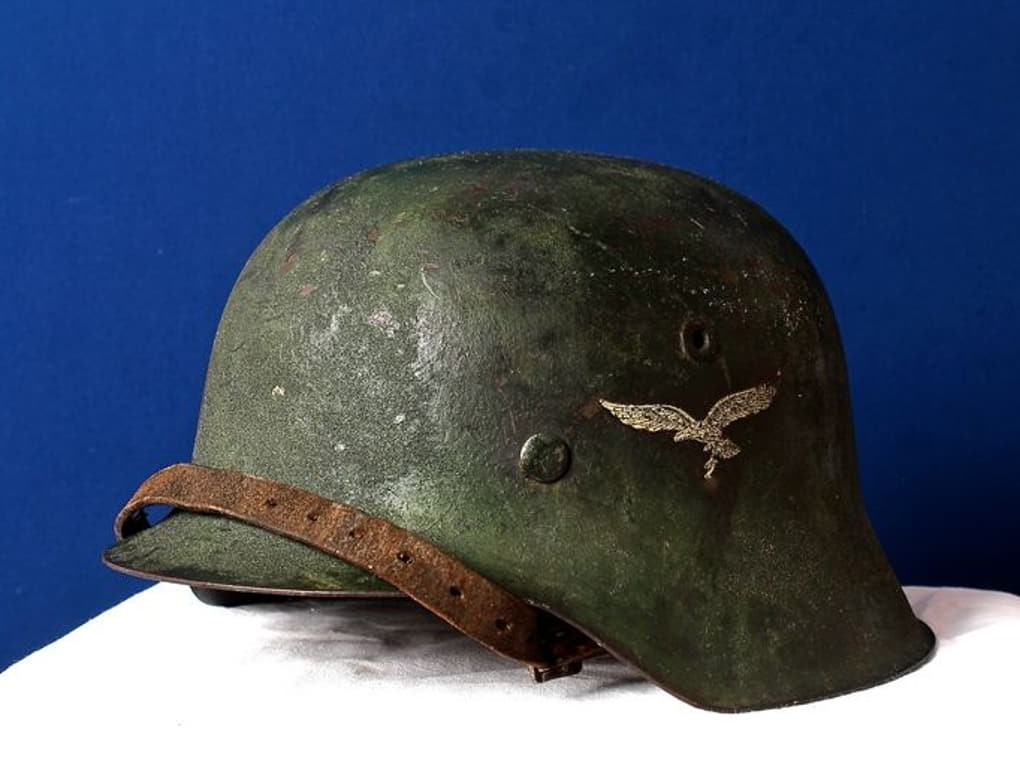
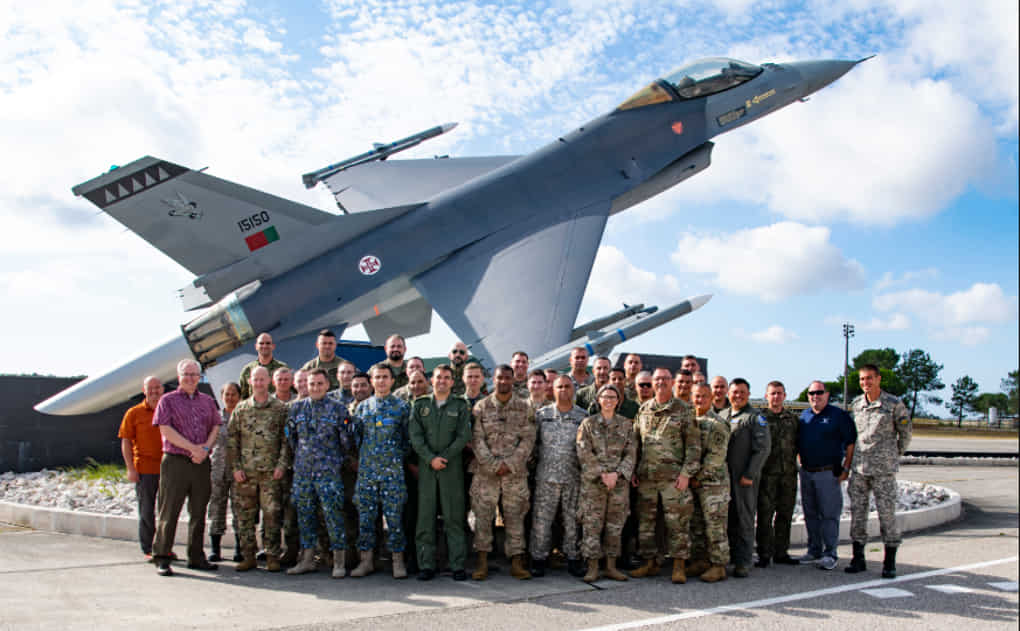
Post Comment